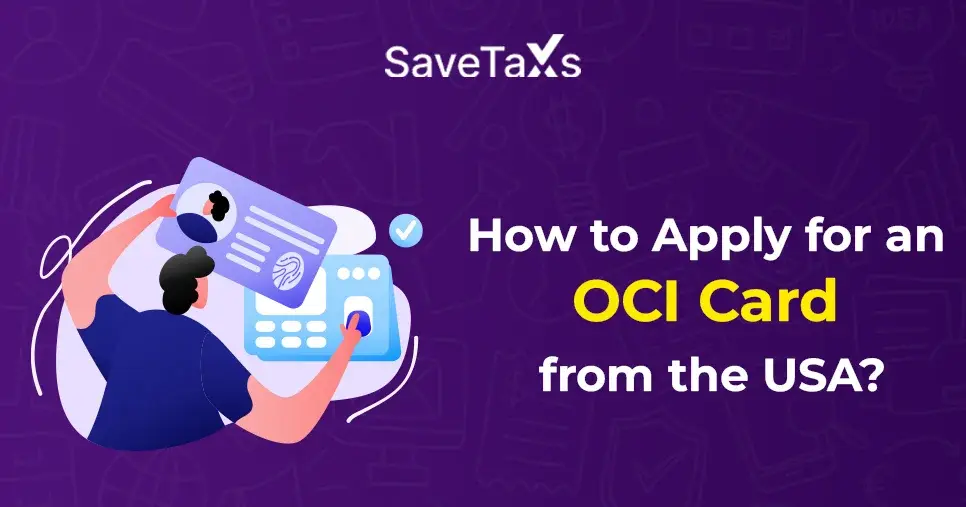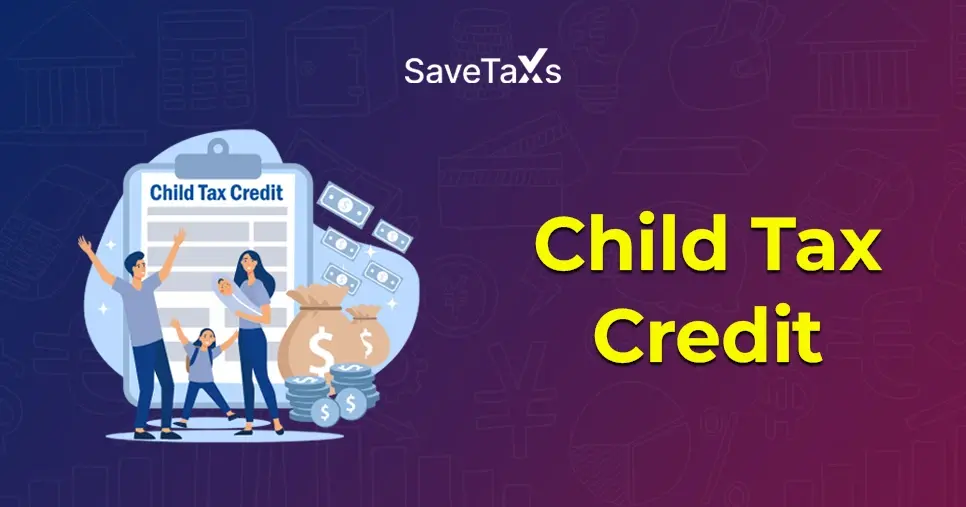The Form 1099-INT is a tax document that is issued to individuals by credit unions, banks, financial institutions, and any other entity from whom they received interest income. This form reports the interest income earned by taxpayers in the whole year.
Have you also gotten a Form 1099-INT form from your bank and are looking for further guidance on it? From knowing the meaning of this form to how to include this form in your income tax return, everything is covered in this blog. So read on and gather all the related information.
Key Takeaways
- The IRS Form 1099-INT states the interest income a taxpayer received in the whole year.
- Financial institutions, including brokerage firms and banks, issue this form. You generally receive this form when the interest paid by a financial institution is at least $10 in a particular year.
- Types of interest income include interest from dividends, bank deposits, and amounts paid to collateralized debt obligation holders.
- By January 31, forms should be submitted to recipients.
What Is IRS Form 1099-INT: Interest Income?
As mentioned above, the IRS Form 1099-INT is used to report interest income. All entities that pay interest income during the tax year issue this form to the investors. This form breaks down different interest income types and associated expenses. This form is an essential tool for the IRS. It helps them in tracking the interest income that taxpayers received from several financial sources.
Here, interest income is any earnings that you receive from interest-bearing financial tools. It includes money market accounts, savings accounts, and certificates of deposit (CDs). Through this form, the IRS ensures the proper reporting of all interest and taxes where applicable. Furthermore, even if the interest received amount is small, not reporting it can lead to penalties.
Apart from the interest income, the following information is mentioned in this form:
- Total earned interest
- Any early withdrawal penalties
- Any withheld federal income tax
- Foreign tax paid on interest income
- If applicable, interest income, exempt from tax
This was all about Form 1099-INT. Having an understanding of this form helps you in avoiding any errors and ensuring compliance with the US tax laws. Now, moving ahead, let's know who filed this form.
Who Files Form 1099-INT?
Financial institutions, including investment firms and banks, issued Form 1099-INT to individuals. This form is generally received by the taxpayers when their taxable interest is $10 or more. Additionally, if you lend money to others and get interest from them, then you also need to receive this form.
Furthermore, if you are someone who has received interest from private investments and loans. In this scenario, you are responsible for issuing this form to your borrower. Moving further, let's know the amount that needs to be stated in Form 1099-INT.
- Interest received on bank deposits.
- Amounts from which federal tax or federal income tax was withheld.
- Accumulated dividends received by a life insurance company.
- Indebtedness issued in registered form or a form type offered to the public. For instance, debentures, bonds, notes, and certificates other than the U.S. Treasury.
Apart from this, a general lower amount stated in this form includes:
- Paid amount to a collateralized debt obligation (CDO) holder.
- Interest received from a real estate mortgage investment conduit (REMIC).
- Financial asset securitization investment trust (FASIT) regular interest holder.
This is all about who files Form 1099-INT. Moving ahead, let's know the requirements of this form for payers.
Requirements of Form 1099-INT for Payers
As stated above, interest income is any amount banks, mutual fund companies, and financial institutions pay to account holders. They receive this interest on their money deposited into investments, savings accounts, and other ventures that pay interest. This form should be filed:
- For each individual who gets at least $10 stated in Boxes 1,3, and 8, or a minimum of $600 of paid interest in the course of your trade mentioned in the instructions for Box 1.
- When some amount is withheld by a financial institution to pay foreign tax on interest.
- When the financial institution withholds but does not refund to federal income tax. This generally happens under the backup withholding rules, as per the amount paid.
Here, the paid interest is considered taxable and should be stated in the tax return of the IRS every year when it is earned. It is vital for the interest-paying entity to fill out this form if the interest amount is $10 or more. Additionally, this form should be reported to the IRS, and by January 31 of every year should be sent to the recipient.
Furthermore, the interest type and amount impact which form you need to file. Individuals who receive more than $500 interest income should list all of their payers on Schedule B, Part 1, on Form 1040. Also, this form always reports the paid interest as cash-basis income. Additionally, income that is owed but not paid yet cannot be mentioned in this form.
These are some requirements for Form 1099-INT that recipients need to fulfill. Moving ahead, let's know the requirements of this form for recipients.
Requirements of Form 1099-INT for Recipients
Individuals who receive this form on their federal income tax returns need to report certain income. Here, like the ordinary income, as a salary or wages of an individual, interest is taxed at the same rate. This does not involve the income exempt income at several tax reporting levels.
Most of these incomes are stated on Part 1 of Schedule B: Interest and Ordinary Dividends. Furthermore, as part of all taxable interest forms, taxpayers should mention their taxable income. The amount is aggregated. Additionally, it does not include the interest received from Series EE and Series I U.S. bonds. These are reported on Line 2b of Form 1040.
Here, the interest is an element of the adjusted gross income (AGI) of the taxpayer when added to their salaries, tips, and other income forms.
This was all about the Form 1099-INT requirements for recipients. Moving further, let's know how to file this form.
How to File Form 1099-INT?
The IRS Form 1099-INT generally mentions the information relating to the interest paid or received during a financial year. Considering this, not all sections of this form are vital to be filled out. Only information that is relevant to the taxpayers should be completed. Moving ahead, let's know what to fill out in this form.
Information of Payer
The IRS Form 1099-INT also requires the information of the payer. It includes the name, address, city, state, country, zip code, and contact number of the payer. Additionally, the payer is also required to mention its taxpayer identification number (TIN) on the form.
Information of Recipients
Form 1099-INT also needs the details of the recipient. Usually, the payer gathers the information of the recipients in advance. For instance, your contact information was asked for by the bank when you were opening a new bank account. This information is further used to mention in the Form 1099-INT at the correct time.
The details of recipients stated in the form include name, TIN, address, city, state, country, ZIP code, and contact number. Also, if there are multiple accounts of the individual that are going to receive a different Form 1099-INT, the issuing party mentions them. However, some lending institutions might aggregate the forms.
Taxation of Interest
When you get a Form 1099-INT, you need to know what each box of the form reports. It further helps you in reporting your interest income in the correct lines of your tax return. To provide you with an idea, here we have mentioned some of the commonly filed boxes in this form.
Box 1: Interest Income
This box of the form states the taxable interest amount. Here, the amount does not include the amount mentioned in Box 3 of Form 1099-INT. Box 1 of the form includes the amount of $10 or more paid to an individual on its investment. It includes savings accounts, bank deposits, and several other interest types. This box also mentions the interest of $600 or greater received in the course of business or trade.
Box 2: Early Withdrawal Penalty
This box of the Form 1099-INT mentions the principal amount or forfeited interest. It is filled out during the early withdrawal of the funds. Here, the early withdrawal should be linked to a deposited time that had a fixed date of maturity. Also, the forfeiture deductible does not impact the amount stated in Box 1. Additionally, this amount is deductible from total income by the recipient.
Box 3: Interest in U.S. Savings Bonds and Treasury Obligations
This box reports the interest amount received from treasury bills, U.S. savings bonds, treasury bonds, and treasury notes issued by the US government. This interest also does not involve the interest amount earned or reported in Box 1 of Form 1099-INT.
Box 4: Federal Income Tax Withheld
Box 4 reports the taxes withheld amount from interest payments. An individual should keep a portion of the earned interest from their payments when they do not provide their TIN. The applicable rate of withholding can vary. As a part of the form instructions from the federal tax, guidance is offered by the IRS to know the TIN of the recipient.
Box 8: Tax-Exempt Interest
It is the next generally used box on Form 1099-INT. It reports the tax-exempt interest amount. This interest type is generally earned on off obligations. Additionally, it is issued by a state or other entity of government. This interest amount is not taxable. Considering this, it is not included in the gross income of the taxpayer.
Other Boxes
The IRS Form 1099-INT consists of 17 boxes apart from the information area of the payer and recipient. Many of these boxes are used for only a specific purpose. So, as per your requirements, you need to fill out the correct box.
Furthermore, these other areas of form cover market discount, foreign taxes, private activity bond interest, and investments that are tax-exempt. Also, if the taxpayers take part in the combined Federal/State Tax Filing Program, they can use boxes 15,16, and 17. It helps them provide state tax information to the government.
This is how you can file out Form 1099-INT as per your requirements. Moving further, let's know the exempt recipients/ payments that need to be considered when filing this form.
Exempt Recipients/ Payments when Filing Form 1099-INT
Some entity and taxpayer types do not need to get Form 1099-INT even if they are receiving interest. These include corporations, certain health accounts, organizations exempt from tax, US agencies, any individual retirement arrangement, and other payers.
Additionally, this form is generally issued when you receive interest paid inside the US by the sources inside the US. Furthermore, some specific criteria make the payment of interest exempt if paid by non-US instruments or payers.
This was all about exempt receipts/ payments that are considered when filing Form 1099-INT. Moving ahead, let's know about the payment timing.
Payment Timing
The IRS Form 1099-INT is generally issued for interest payments. However, there are circumstances where an interest is actually paid. This includes the credited liquid interest paid to an individual, or is not allowed to withdraw the earned interest amount.
In simple words, interest is paid when, without any substantial restrictions or limits, it is credited to the taxpayer. Here, the interest should be available for the taxpayer, so that when needed, they can withdraw it. For savings bonds or other obligations, interest is paid when the obligation is made for payment. For instance, the detachment of a coupon from a bond and presented for payment.
So, this was all about the payment timing and its requirements for Form 1099-INT.
Final Thoughts
The IRS Form 1099-INT plays an essential role in tracking interest income for tax purposes. Knowing how to file out this form correctly certifies compliance with the regulations of the IRS. In addition, it also helps in avoiding any report interest penalties. Further, to avoid tax complications, it is vital to report the interest income. Here, the complete blog was all about this form. Hope after reading it, you get all the information you were looking for.
Furthermore, if you need more guidance about Form 1099-INT or are facing issues in filing this form, contact Savetaxs. We have a team of experts with years of experience in US taxation. They provide you with complete assistance with your tax needs and solve your queries within a few minutes.

Miss Sanskriti is a certified Tax Expert. She has her expertise in US GAAP, Taxation, SOX, IRS, Accounting, and Auditing standards. Miss Saxena is an intellectual blend of a high-end auditor, tax consultant, and accountant
Want to read more? Explore Blogs
Frequently Asked Questions
No matter what your source of income is, we've got you covered. There’s a plan for everybody!
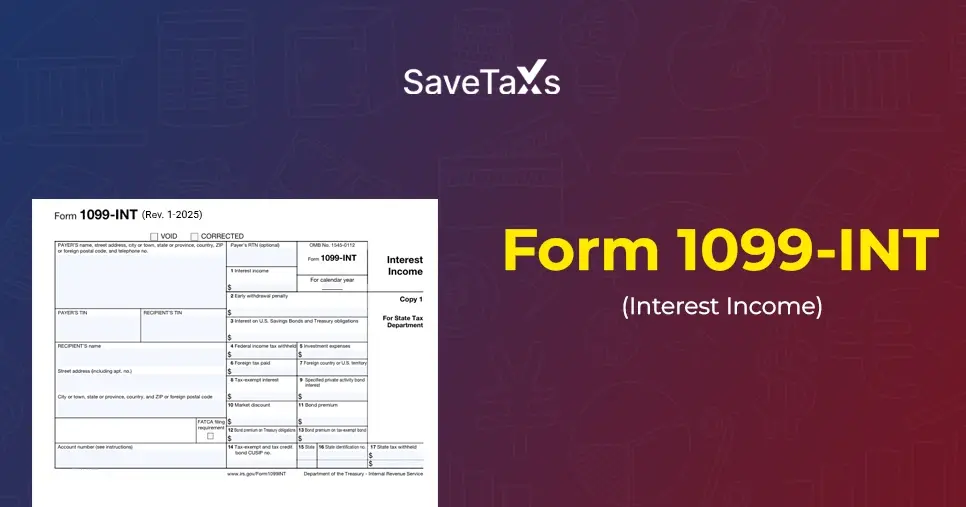

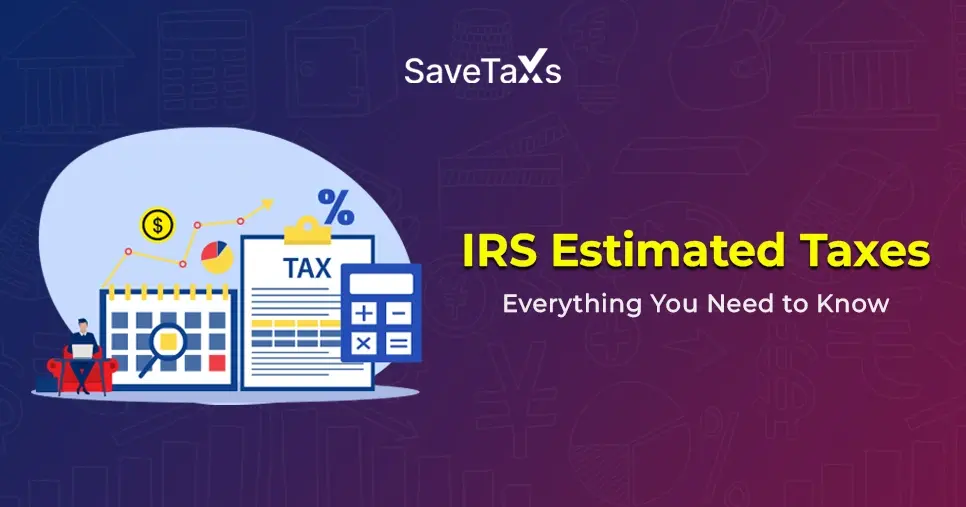

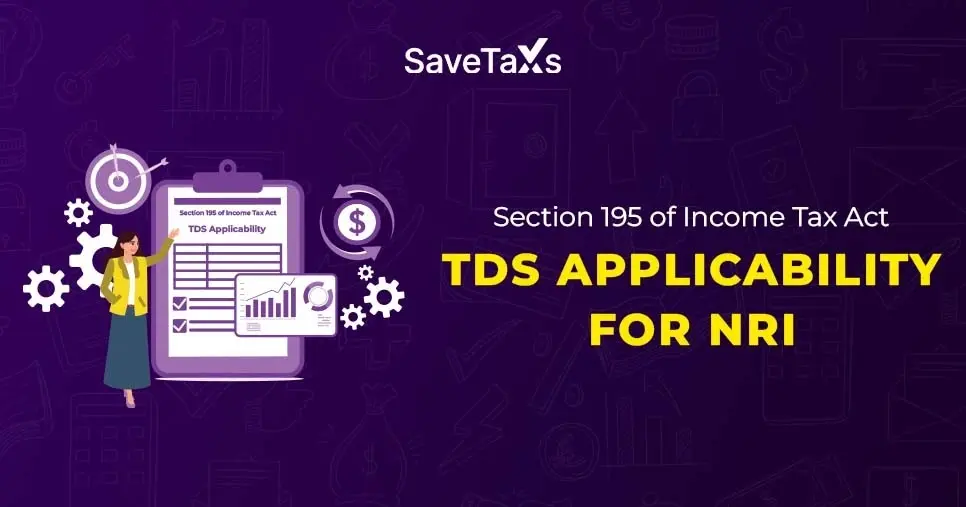



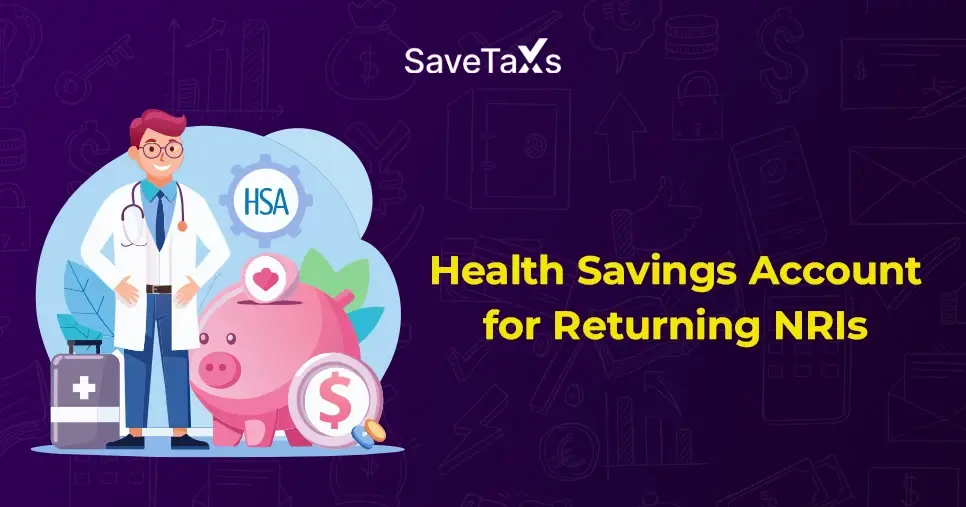





_1766730933.webp)

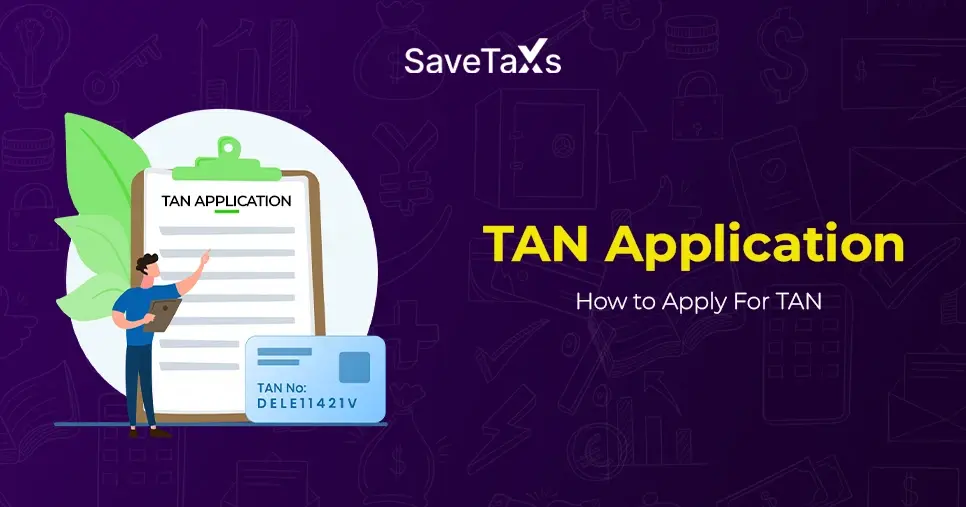
_1754046271.webp)
